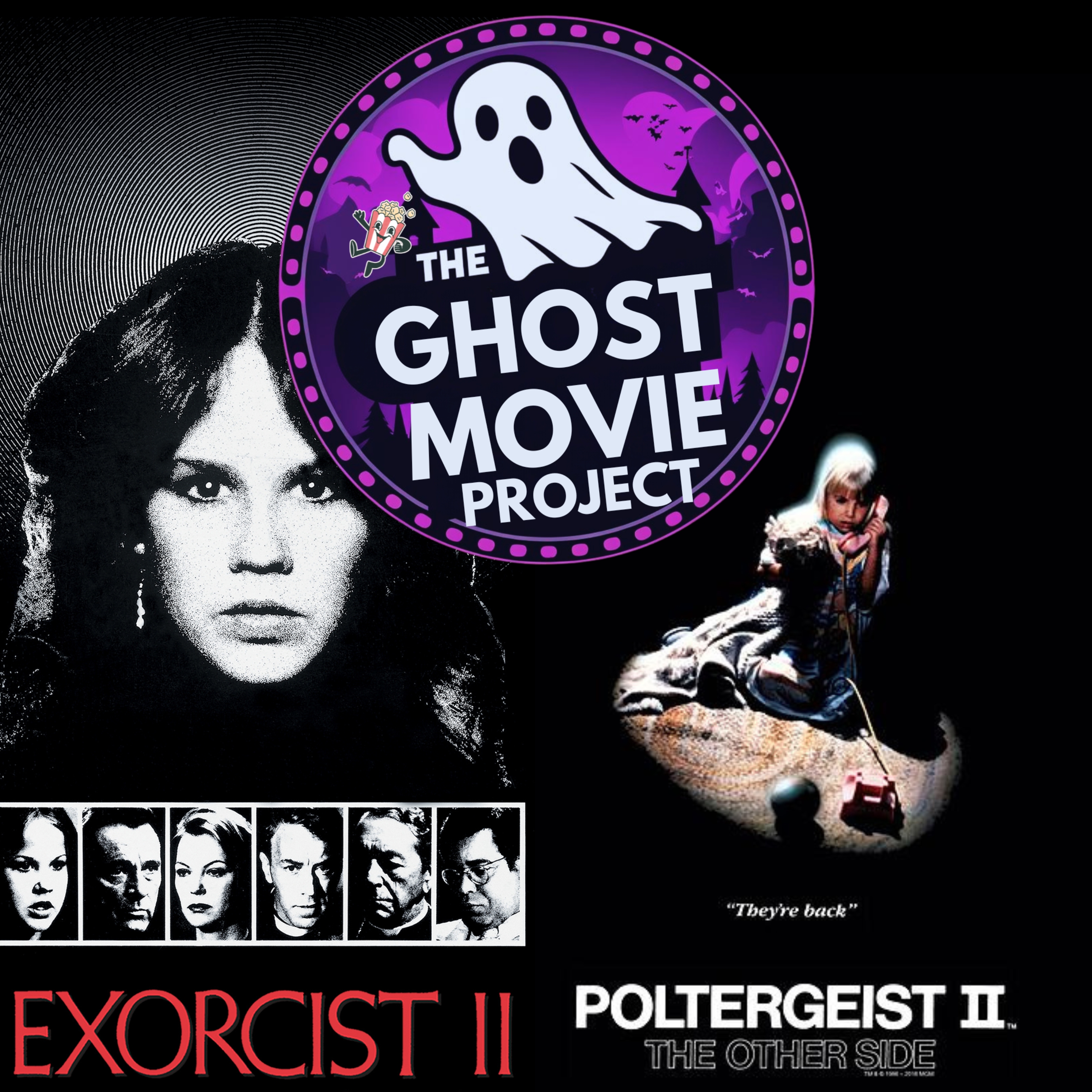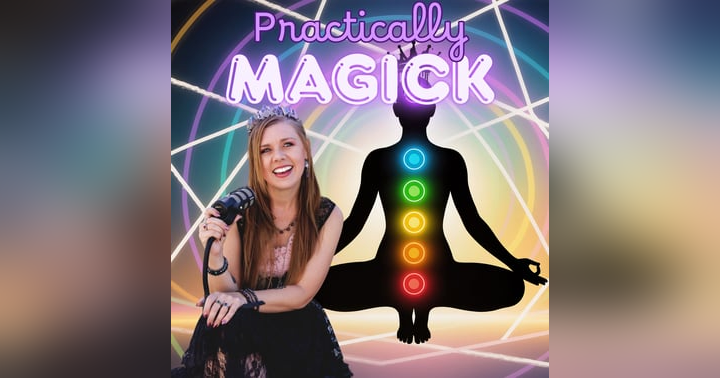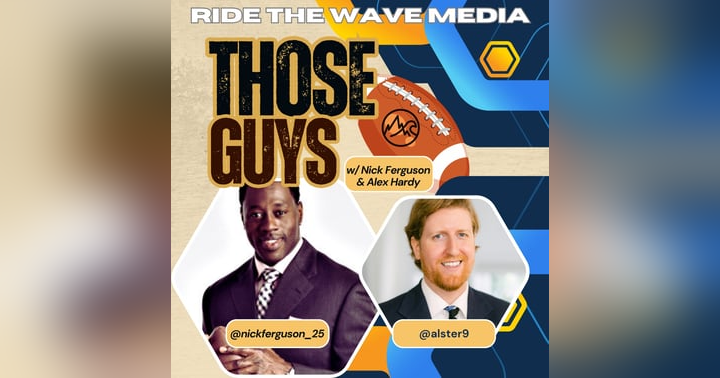Beyond the Screams: Spiritual Depth in Poltergeist II and Exorcist II

Beyond the Screams: Spiritual Depth in Poltergeist II and Exorcist II
Sequels often get a bad rap—especially in horror. But in Episode 2 of The Ghost Movie Project, hosts Just Blane and Courtney Pearl challenge that narrative with a bold claim: Poltergeist II and Exorcist II might just be better than their iconic originals. What unfolds is a rich, layered conversation that goes far beyond jump scares and possession tropes, diving into ancestral trauma, spiritual awakening, and the metaphysical mysteries that haunt us all.
Poltergeist II: The Other Side – Not Just a Haunted House
Blane kicks off the episode with a hot take: Poltergeist II is superior to the original. While Poltergeist (1982) gave us suburban nightmares, static-filled TVs, and flying objects, the sequel offers something deeper—spiritual warfare, ancestral trauma, and cosmic dimensions.
Reverend Kane: The Face of Spiritual Rot
Julian Beck’s portrayal of Reverend Kane is haunting in every sense. His skeletal appearance—due to his real-life battle with cancer—adds a chilling authenticity. Courtney shares that Heather O’Rourke, who played Carol Anne, burst into tears upon seeing him for the first time. Kane isn’t just a villain; he’s the embodiment of spiritual decay, a force that transcends the physical and psychological.
Taylor the Shaman: Indigenous Wisdom as Salvation
Courtney admits initial concern about the film’s portrayal of Native American spirituality, fearing it might lean into the tired “Indian burial ground” trope. But instead, Poltergeist II reveres Indigenous wisdom. Will Sampson’s character, Taylor, isn’t a plot device—he’s the spiritual anchor. He teaches the Freeling family that ghosts are unfinished stories and that healing comes from within.
Taylor’s guidance isn’t about rescuing the family—it’s about empowering them. He tells Steve (Craig T. Nelson) to embrace his warrior path, reminding him that the battle is spiritual and ancestral. The haunting isn’t tied to a house—it’s tied to the soul.
Maternal Power and Generational Gifts
One of the film’s most powerful themes is the maternal lineage of spiritual gifts. Courtney highlights the scene where the grandmother recognizes Carol Anne’s abilities, hinting that Diane (JoBeth Williams) has suppressed her own. The climax, where Diane floats into the light to rescue her daughter, is more than a rescue—it’s a rebirth. It’s a reminder that love and lineage are the strongest forces against darkness.
Craig T. Nelson: From Haunted Dad to Hayden Fox
Blane, a self-proclaimed Craig T. Nelson fan, notes the actor’s evolution from the worn-down father in Poltergeist to the fiery, skeptical dad in Poltergeist II. This performance foreshadows his breakout role as Coach Hayden Fox in the long-running sitcom Coach. The worm-tequila scene, where Steve drinks a possessed worm and vomits a demon, is a standout moment of body horror and spiritual infection.
The Curse of Poltergeist
Courtney and Blane also explore the infamous “Poltergeist curse.” Several cast members died tragically, including Dominique Dunne (Dana), Julian Beck (Reverend Kane), Will Sampson (Taylor), and Heather O’Rourke (Carol Anne). Courtney shares that real skeletons were used on set—without the actors’ knowledge—which may have contributed to the eerie energy surrounding the films. Sampson, a real-life shaman, even performed a cleansing ritual on set.
Exorcist II: The Heretic – A Fever Dream of Sci-Fi and Spirituality
If Poltergeist II is a spiritual sequel, Exorcist II is a metaphysical maze. Blane calls it a masterpiece; Courtney calls it a mess. But both agree—it’s unlike anything else.
Linda Blair Returns: The Chosen One
Linda Blair reprises her role as Reagan, now a teenager navigating psychic abilities and spiritual trauma. Courtney notes Blair’s regret over the film, citing script changes and a lack of clarity. Still, her performance is compelling, and the film attempts to elevate Reagan from victim to Neo-like chosen one.
Locusts, Hypnosis Machines, and Collective Consciousness
The film introduces wild concepts: locust telepathy, dream machines, and James Earl Jones as a locust shaman. Courtney critiques the film’s chaotic structure, suggesting too many plotlines dilute its message. But Blane sees it as a buffet of sci-fi, theology, and Jungian psychology.
The synchronizer—a hypnosis device that links minds—symbolizes the film’s core idea: we are all connected through a collective consciousness. Courtney draws parallels to Jung’s theories and shamanic practices, noting that the film blends science fiction with spiritual tradition.
Pazuzu: Demon or Nature Spirit?
The film reimagines Pazuzu, the demon from the original Exorcist, as a spirit of the air—possibly a nature spirit rather than a traditional demon. Courtney explores how Christian culture often demonizes paganism, while Indigenous and Celtic traditions view spirits as complex forces of nature. This reframing challenges viewers to reconsider what “evil” really means.
Science vs. Spirituality vs. Religion
Courtney’s final take is that Exorcist II explores the tension between science, spirituality, and religion. James Earl Jones’ character embodies this trinity—appearing first as a shaman, then as a scientist. The film asks: Can these forces coexist? Can healing come from all three?
Spiritual Awakening in Disguise
Blane suggests the film is secretly a spiritual awakening story. Courtney agrees, noting that while it didn’t deliver the horror fans expected, it offered a deeper existential journey. Father Lamont’s crisis of faith, Reagan’s empowerment, and the film’s surreal tone all point to a narrative of transformation.
Final Thoughts: Watch With Your Third Eye Open
Both films challenge the conventions of horror sequels. Poltergeist II offers emotional depth, ancestral healing, and Indigenous wisdom. Exorcist II is a fever dream of metaphysical exploration, asking viewers to consider the nature of evil, consciousness, and spiritual power.
Blane urges viewers to revisit these films with their “third eye open,” treating them as initiations into a new kind of storytelling—one that blends myth, madness, and meaning. Courtney adds that while Exorcist II may not be her favorite, it’s a fascinating look at the intersection of science, spirituality, and religion.
Witchy Wisdom Takeaway
If you’re dealing with spiritual disturbances, Courtney recommends seeking out a trained healer—whether a shaman, Reiki master, or spiritual leader. The power to cleanse and protect lies within us, and nature, ancestral connection, and love are our greatest allies.


